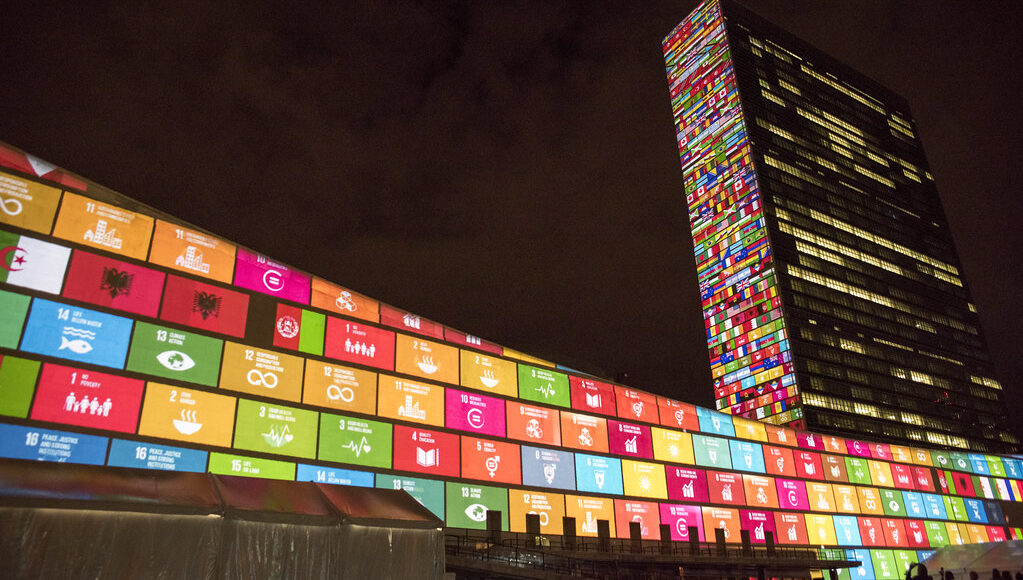The Pros and Cons of Climate Change: cost-benefit analysis and climate policy

One of the most frequent criticisms of the study of economics is that nobody in the real world thinks according to the long list of assumptions, conditions, and consequences that economists throw into models to observe, understand, and make predictions about market behaviour. The disconnect between theory and practice certainly exists and has been proven in several studies, including Cardenas and Carpenter’s influential exploration of the role that hope, trust, and altruism play in influencing individual preferences and contradicting certain game theories. However, even the most complex economic models can be stripped down to their most basic tenets to help better understand the prevalence of certain economic phenomena; one of these being the simple model of Cost-Benefit Analysis.
Cost-Benefit Analysis (CBA), at its core, is a way to evaluate the costs of an action against its benefits in order to determine whether or not this action will be “worth it”. Of course, the value of an action is not necessarily objective, meaning that CBAs need to be highly specified to the scenario they are being applied. Even so, normal people perform highly nuanced CBAs daily without even knowing it. For instance, when ordering at a coffee shop, you might be given the option to buy a reusable or disposable cup. The reusable cup costs $5, but when you use this cup at any of this brand’s coffee shops in the city, you get 20 cents off your coffee. At the most basic level, if you foresee yourself using the reusable cup more than 25 times, there will be a monetary benefit to buying the cup today because you will maximize your personal finances in the long run.
In reality, however, monetary benefit is only one of the several factors that may play into this decision. You may be discouraged to spend $5 on the cup because you might not want to clean the cup every day or fear that you will forget the reusable cup at home and forego the discount. On the other hand, you might want to buy the cup to help live a sustainable, zero-waste lifestyle as an environmentally conscious consumer. Or, maybe you just hate the taste of coffee that comes out of a cardboard cup. There are a wide array of factors that hold different weights for different people, which can influence a seemingly simple decision in a variety of ways.
Beyond coffee shop decisions, the same tenets of CBA can be applied to larger decisions with much deeper economic impacts, including environmental policy. Economist Anthony Boardman has extensively studied CBA in the context of policy and advocates for its use to prove that policy meets the Kaldor-Hicks criteria. The Kaldor-Hicks criteria, also known as the “potential compensation criteria”, establishes that an outcome is acceptably beneficial if the “winners” of a situation could potentially compensate for the losses of the “losers” in the situation. For example, a company might learn that certain industry-related pollution has an impact on the health of individuals whom they will need to compensate by paying their medical bills. If the company evaluates that the total price of these medical bills adds up to less than the gains of continuing to engage in this pollution, the decision to continue industry in this area meets the Kaldor-Hicks criteria. Whether or not the individuals will be properly compensated, however, is largely uncertain. Because of industrial pollution, it might not be safe for individuals in a community to drink tap water, so the corporation will be required to cover the costs of bottled water for this community until the tap water is safe to drink again. However, in 25 or 30 years, this community might start developing high rates of lung cancer due to air pollutants caused by this industry. While the decision to continue polluting may have met the Kaldor-Hicks criteria initially, further down the line, there may be unexpected costs that feed into the uncertainty of making a decision in the present.
David Pearce applies future uncertainties to policy CBA in his exploration of afforestation projects in Scotland. Pearce, an environmental economist, was in favour of pro-environment policies such as afforestation, but could not divorce his optimism about these policies from his pragmatism as an economist. Pearce took into account a comprehensive list of benefits of planting trees, such as the natural protection from erosion they provide, timber availability, recreation, biological diversity, and their roles in absorbing CO2, among many others. On the costs side, he included factors such as the acquisition of land for these plantings, the labour that goes into physically planting the trees, the maintenance needed to ensure the proper growth of these trees and others. Because the process of afforestation happens over a long period of time, and you, therefore, do not reap the full benefits of this process for up to 100 years, Pearce needed to predict the costs and benefits of this project over this time. He did this by “discounting” for time across the implementation of this project. In other words, he predicted information about the future to evaluate the impact that afforestation would have once the forest matures. Sparing the mathematical explanation that went into his analysis, his ultimate conclusion was that when he applied a disciplined discount for time, afforestation projects in Scotland were almost always unprofitable, aside from a few cases in which they were “almost profitable”. In other words, after applying a highly nuanced CBA, Pearce could no longer, in good faith, recommend the continuation of afforestation projects in Scotland as a viable environmental policy.

Pearce’s study, among other policy CBAs, has been highly criticized. There is constant debate about how economists and policymakers should discount for future benefits and costs, given that even a small adjustment in interest rate predictions can be the difference between whether or not benefits outweigh costs. In accordance with our original example, if inflation has an impact on the global supply chain of coffee beans, coffee prices might have to rise by 25 cents per cup while the discount given for using a reusable cup might stay the same. This change will simply create a smaller relative benefit for using a reusable cup. If you were able to predict some level of price inflation close to this when you are initially considering buying the reusable cup, you might consider a different option. What if investing in an at-home coffee machine could solve all of these issues? Although it may cost $150, you won’t have to worry about price volatility to the same extent, you’ll always have access to your reusable cup and won’t have to worry about forgetting it, and because you aren’t stopping for coffee, you might start showing up to work on time, leading your boss to give you a promotion and a raise. With this in mind, in the long run, amidst uncertainty about the future, satisfying your consumer need for coffee might require you to think outside the bounds of what options you are considering within the coffee shop.
Although I don’t have the expertise to comment on whether or not Pearce’s afforestation CBA is accurate or not, the disappointing conclusion that Pearce came to does not mean we should abandon the project entirely, but rather redesign it so it meets the need for benefits to outweigh costs. Economist Robert Pindyck argues that although there is always room for uncertainty in climate change models, this is no reason to excuse the delay of policy implementation. Climate change mitigation policy can be thought of “as a form of insurance” for society, he writes. We need to work with the most up-to-date, faultless information we have and move forward from there.

The reality of a climate disaster is becoming more and more evident as we continue to study the impacts of global pollution. Although there may be uncertainty around what it will look like exactly and how we should discount costs and benefits when considering policy CBA, proactive measures must be taken in the direction that the current evidence is pointing. Furthermore, we must think outside the current framework and innovate in the field of policy recommendations. The underlying policy approach of ‘insurance’ against uncertainty can be summated in just a few words by the influential economist John Maynard Keynes: it is better to be roughly right than precisely wrong. These words, which were uttered in the early-1900s, have transcended several generations proving time and time again their relevance in applications to afforestation projects, climate change policy, and even coffee.
Feature image by United Nations Photo. Licensed under CC BY-NC-ND 2.0.
Edited by Darius Jamal
